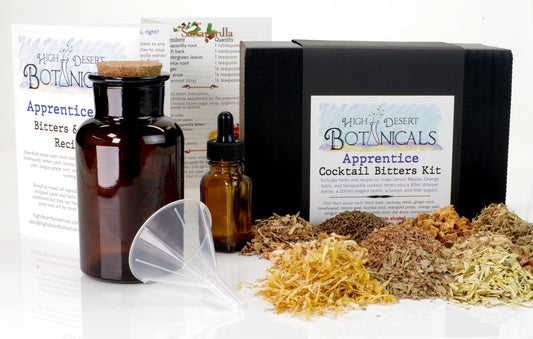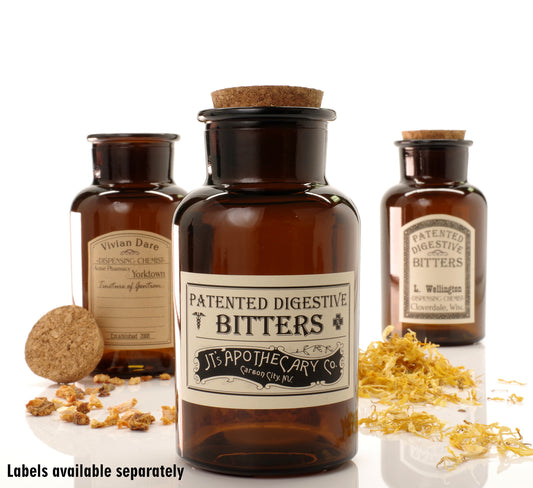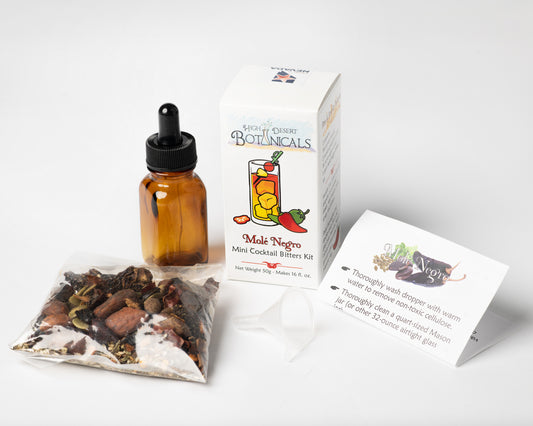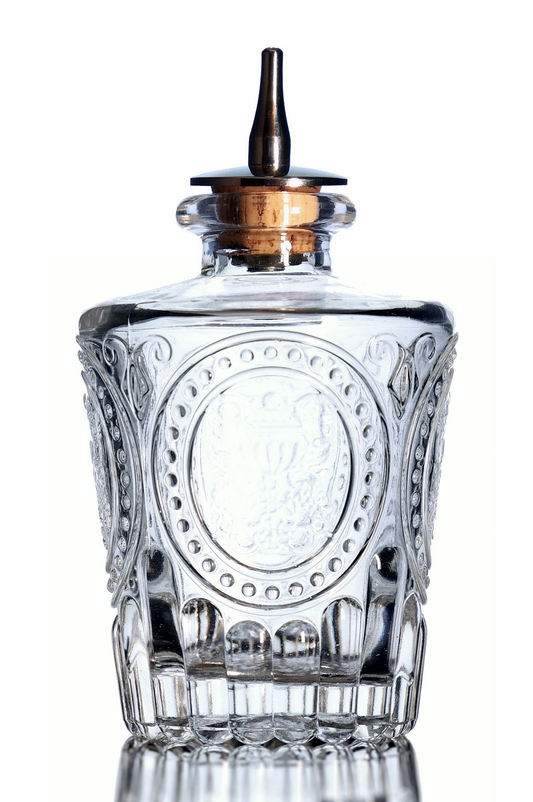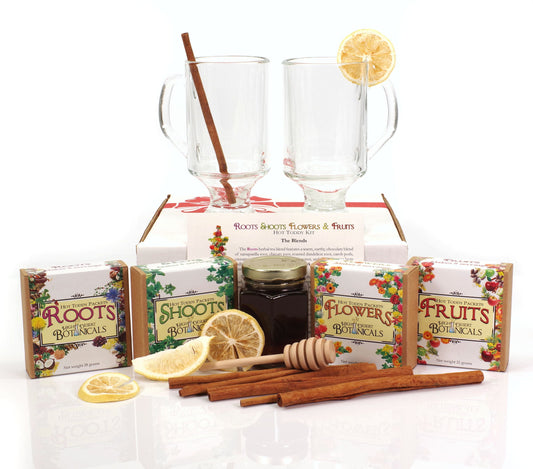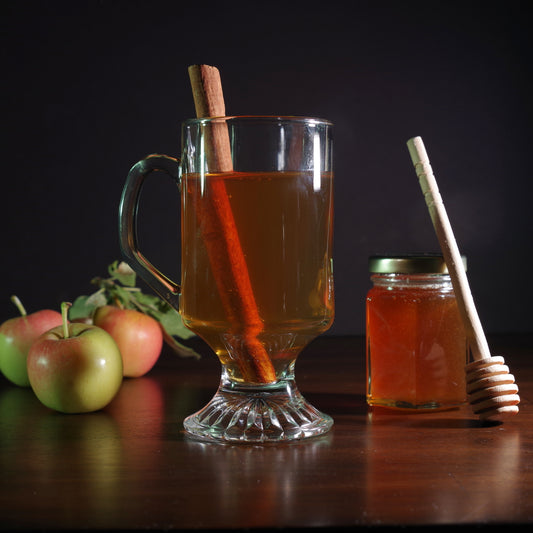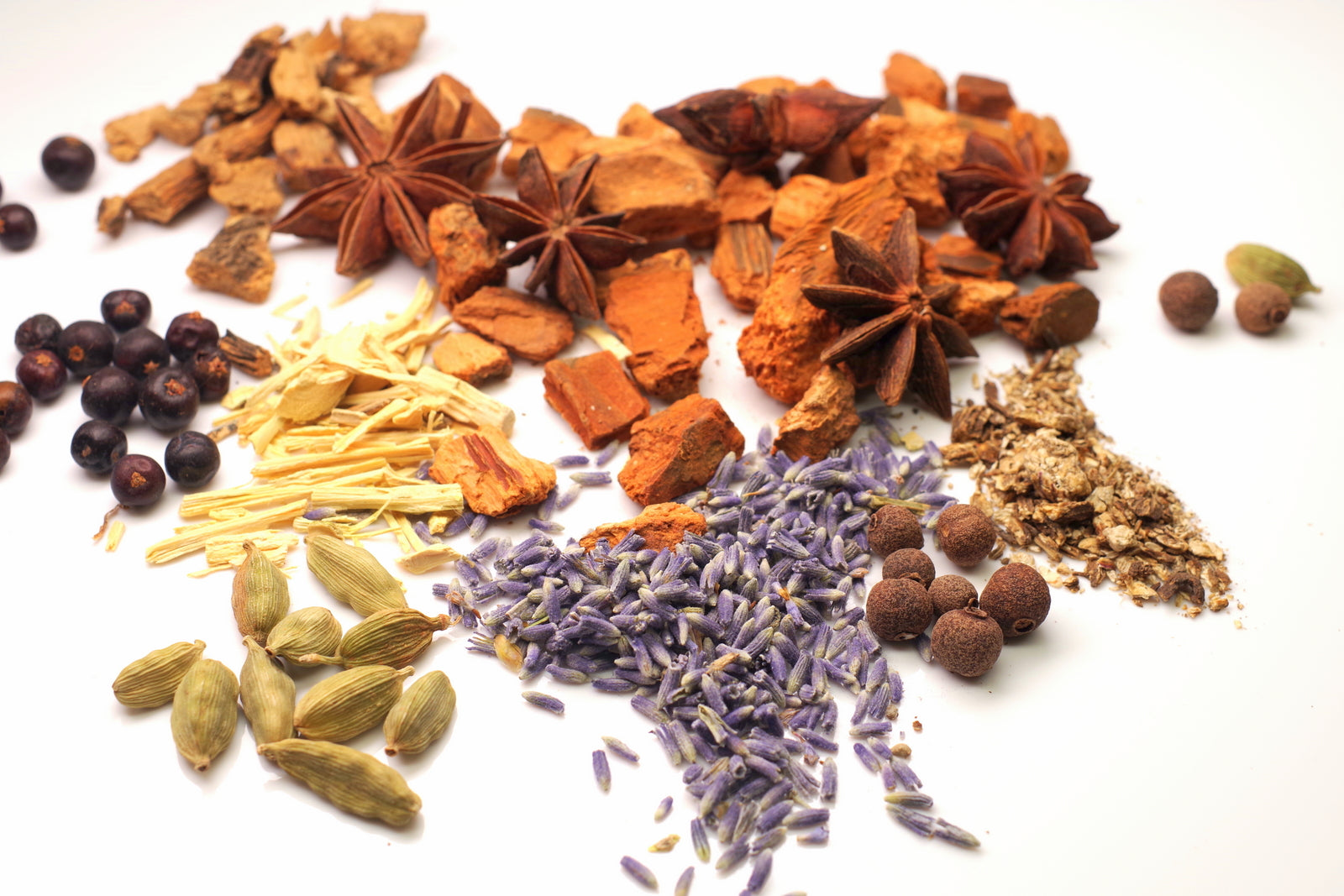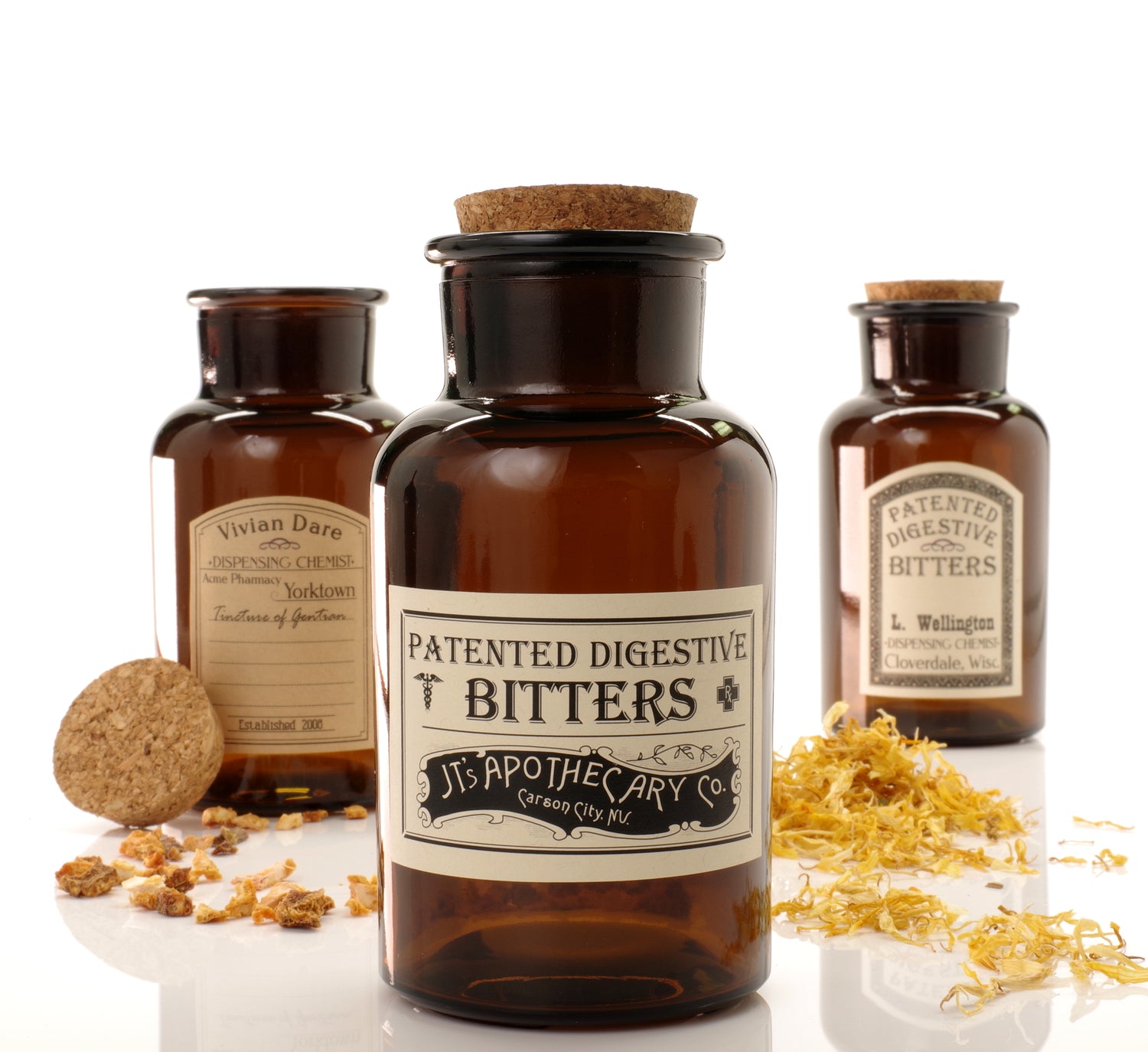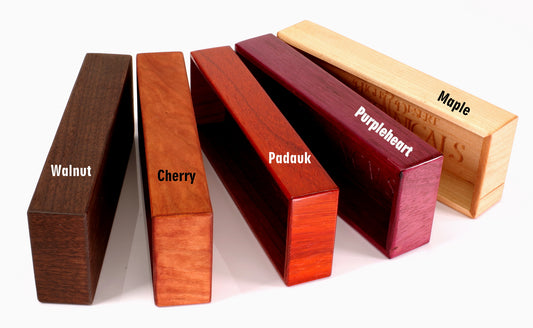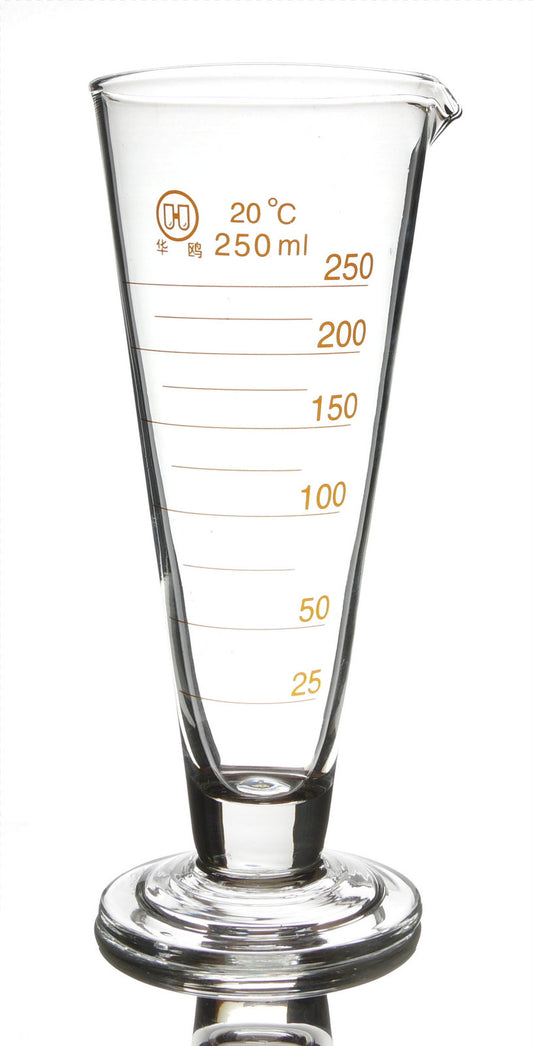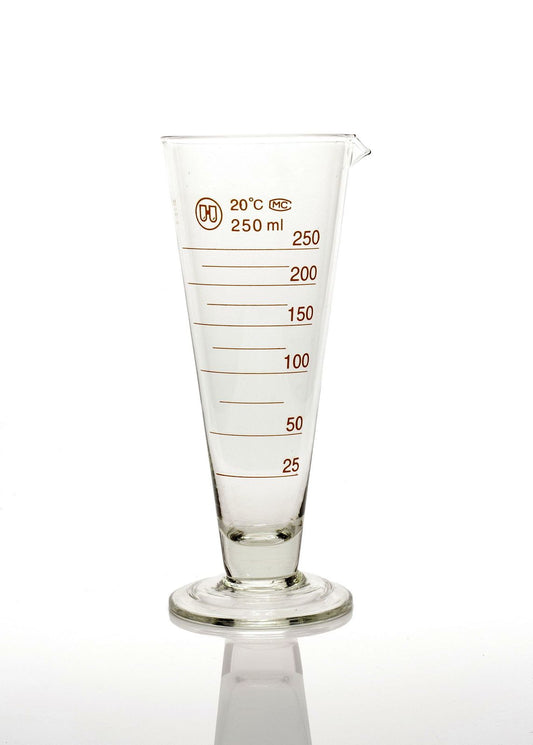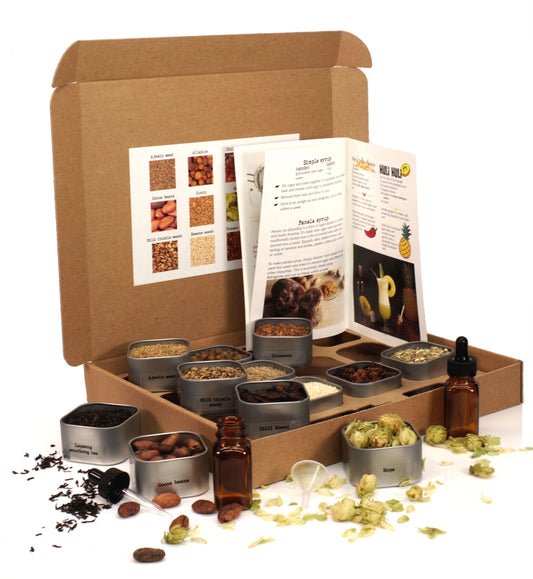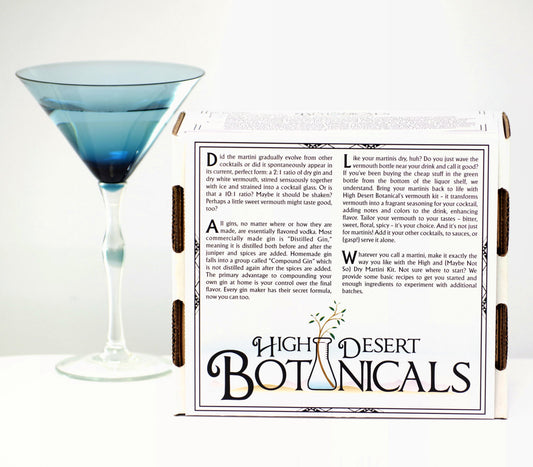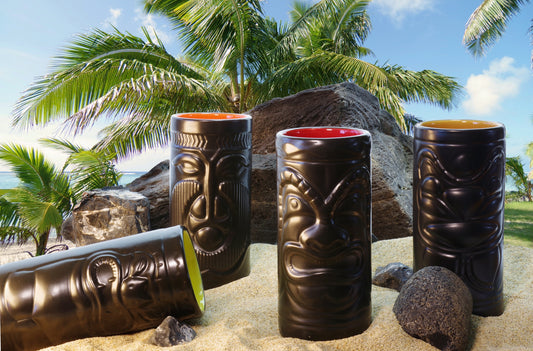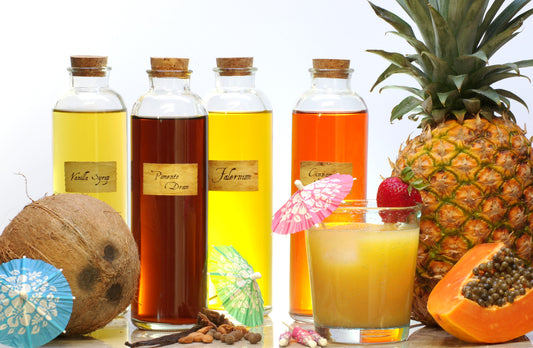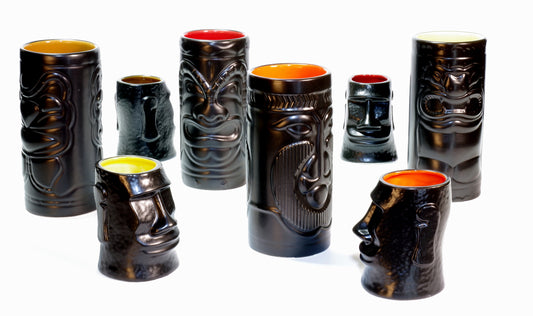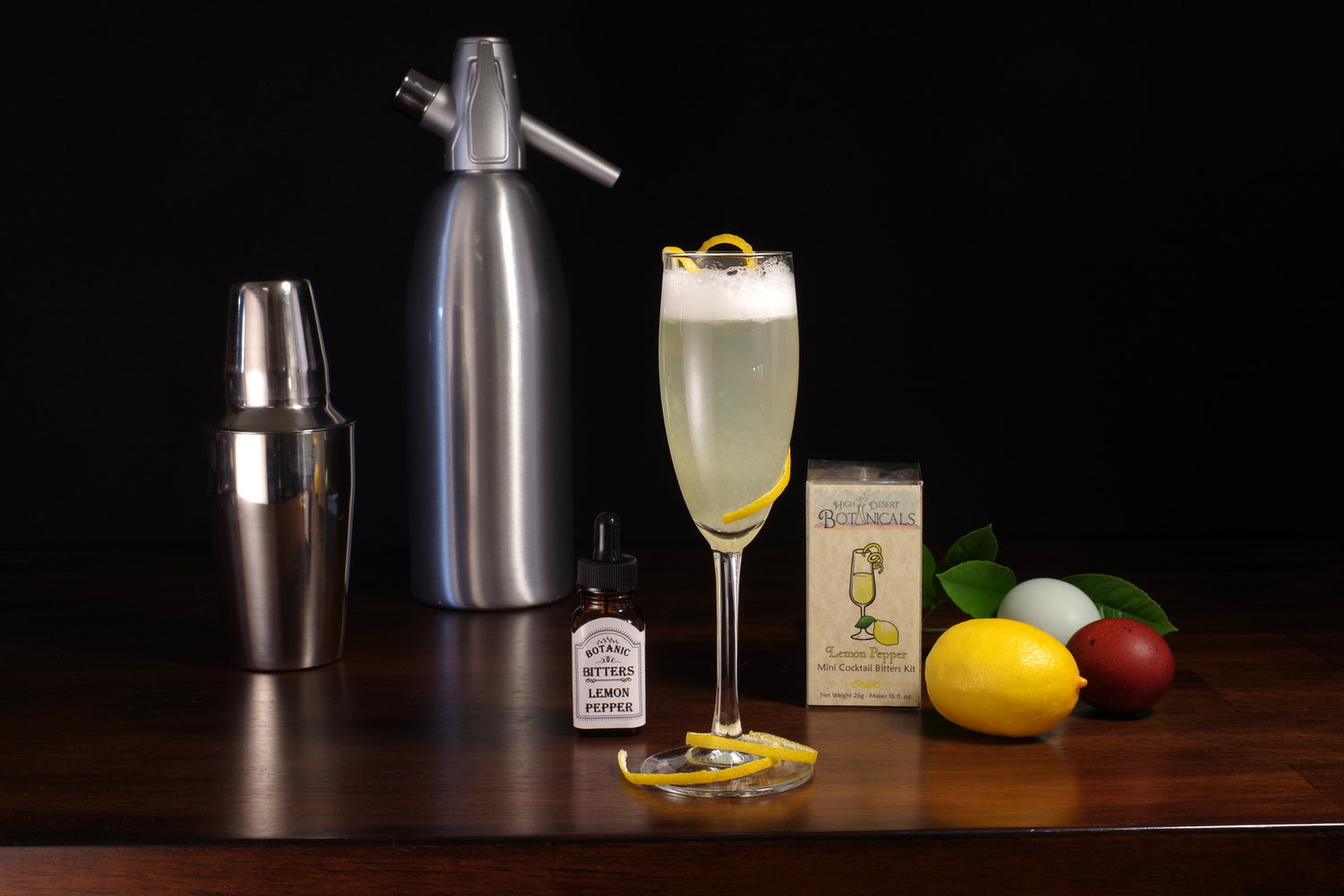
Welcome to High Desert Botanicals, a market for cocktail crafters, experimenters, imbibers, and intoxicologists.
Explore new flavors, add complexity and intrigue to your cocktails, and give the gift of tasty libations to your friends and family.
Bitters Starter Pack
-
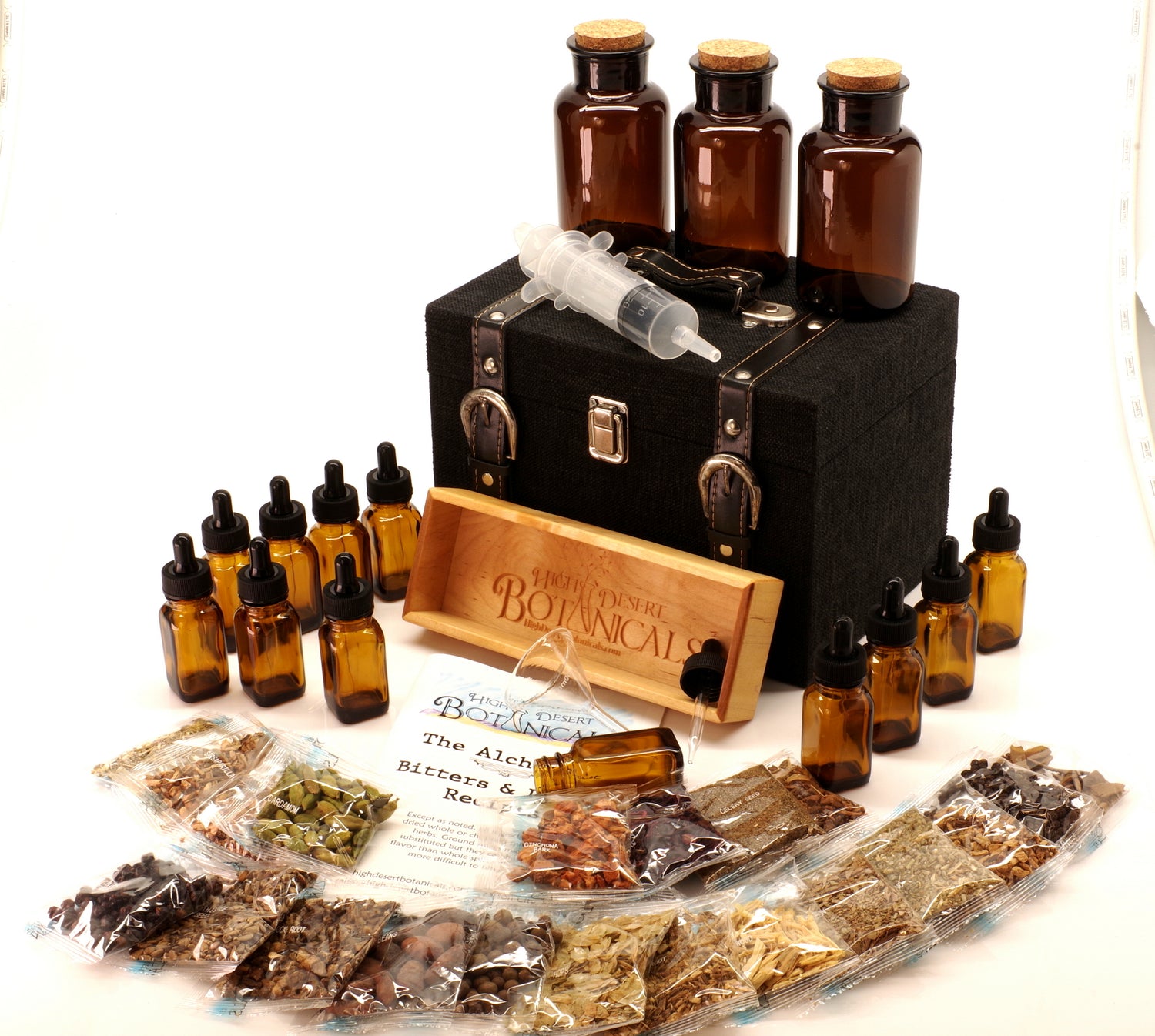
Bitters Kits
The herbs and spices that create the bitter flavors have been used...
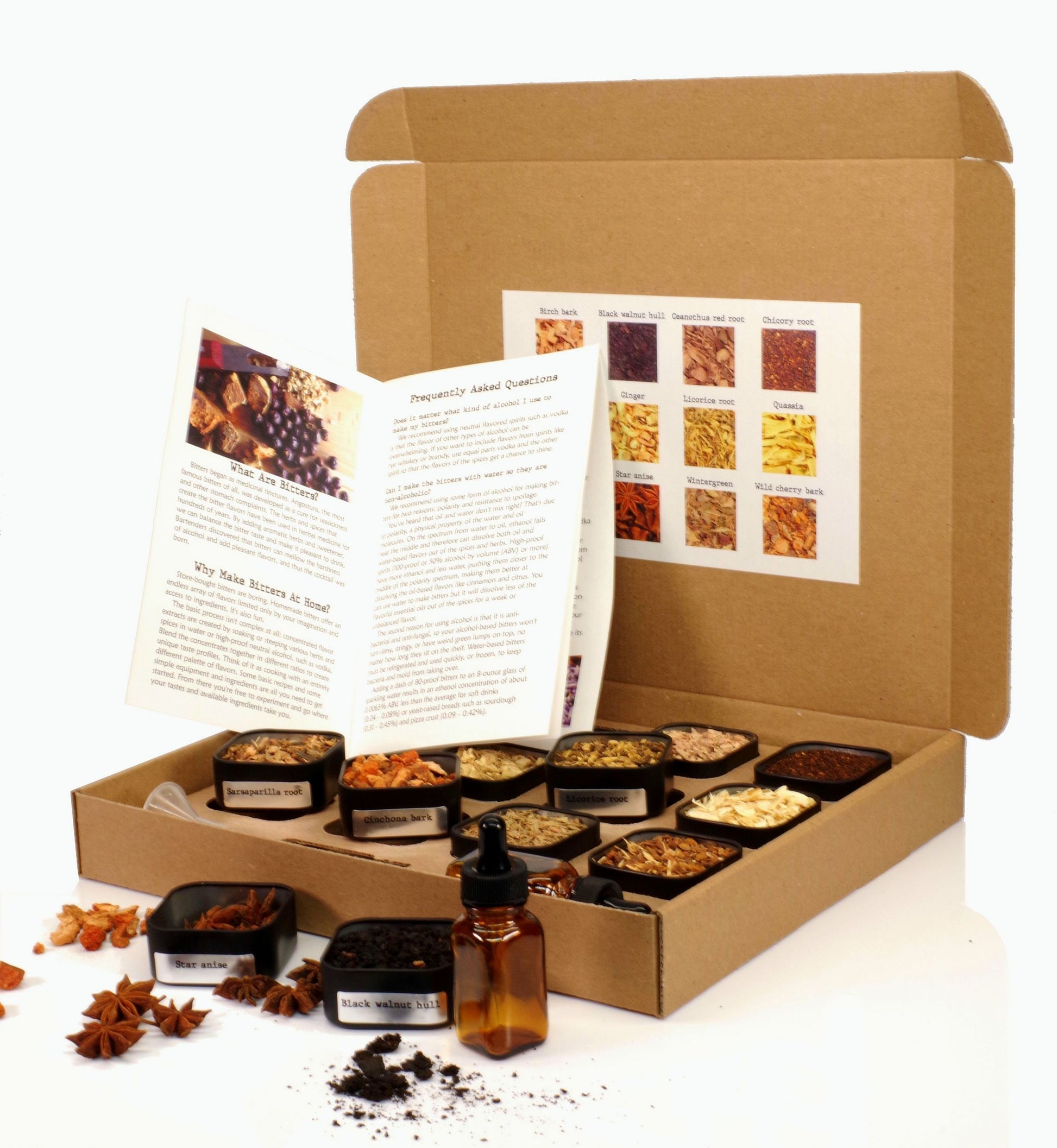
Bitters Builder Kit #4 - Sarsaparilla & Autumn Woodland
Regular price
$82.00 USD
Regular price
$82.00 USD
Sale price
$82.00 USD
Unit price
per
Shipping calculated at checkout.
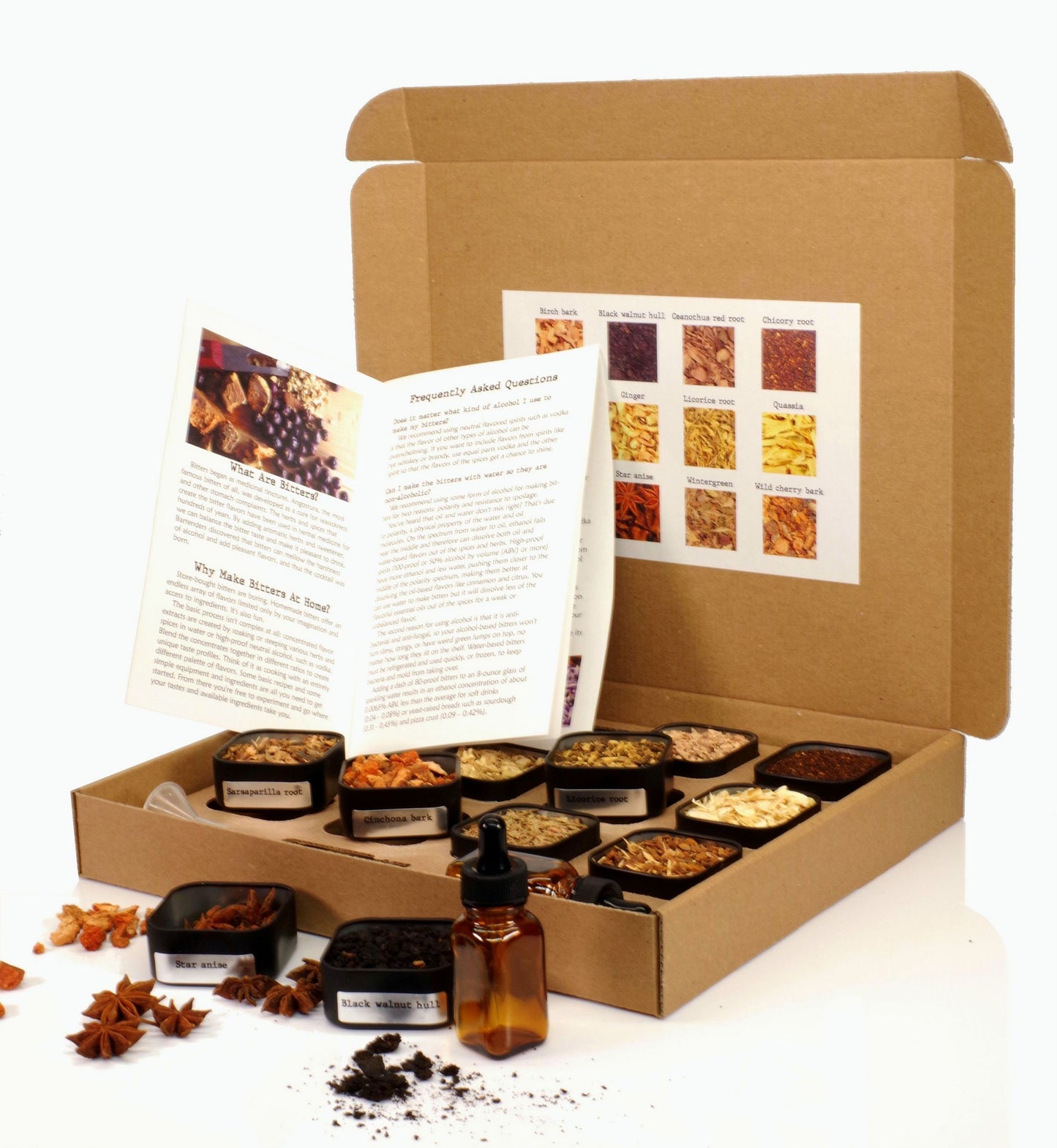
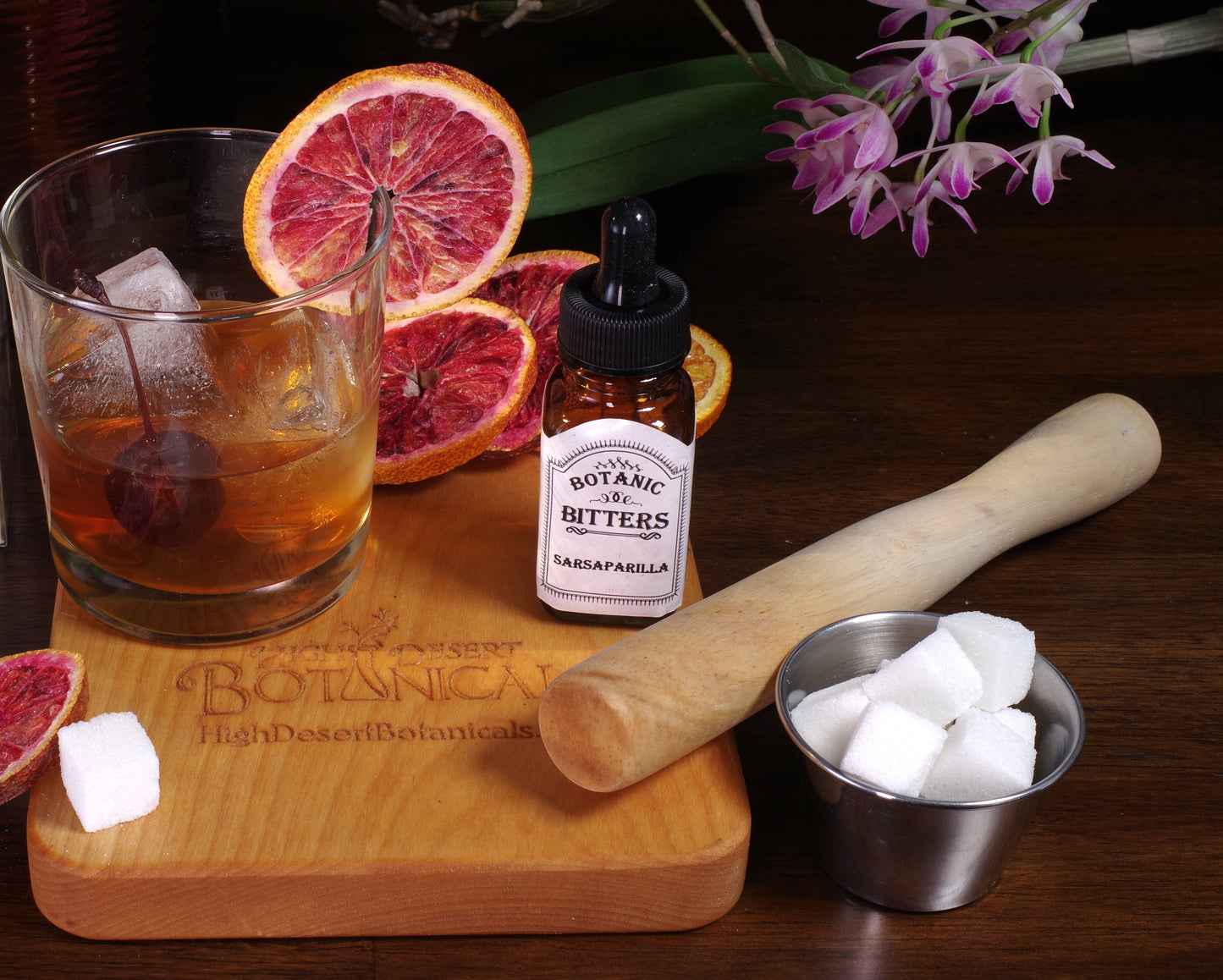
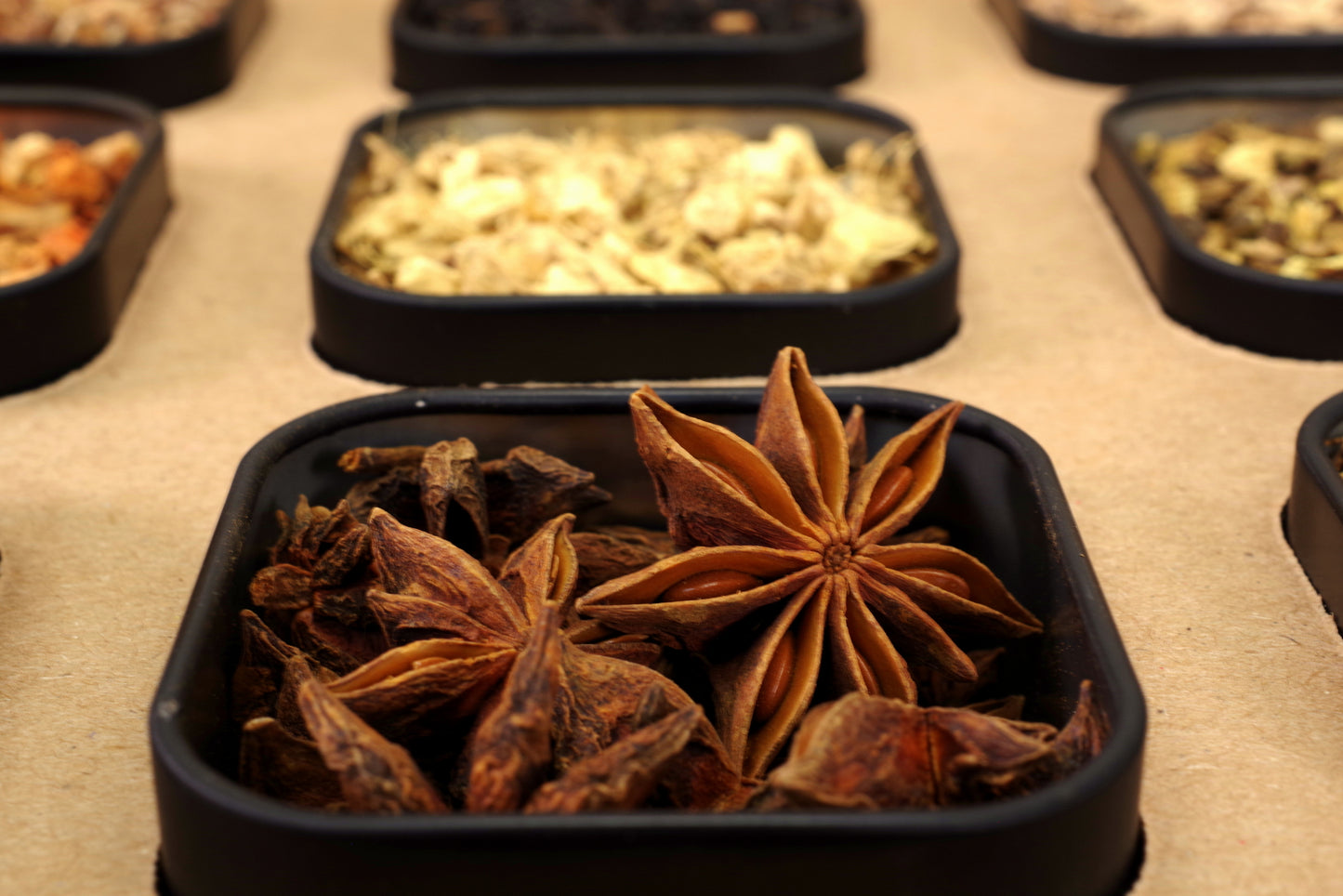
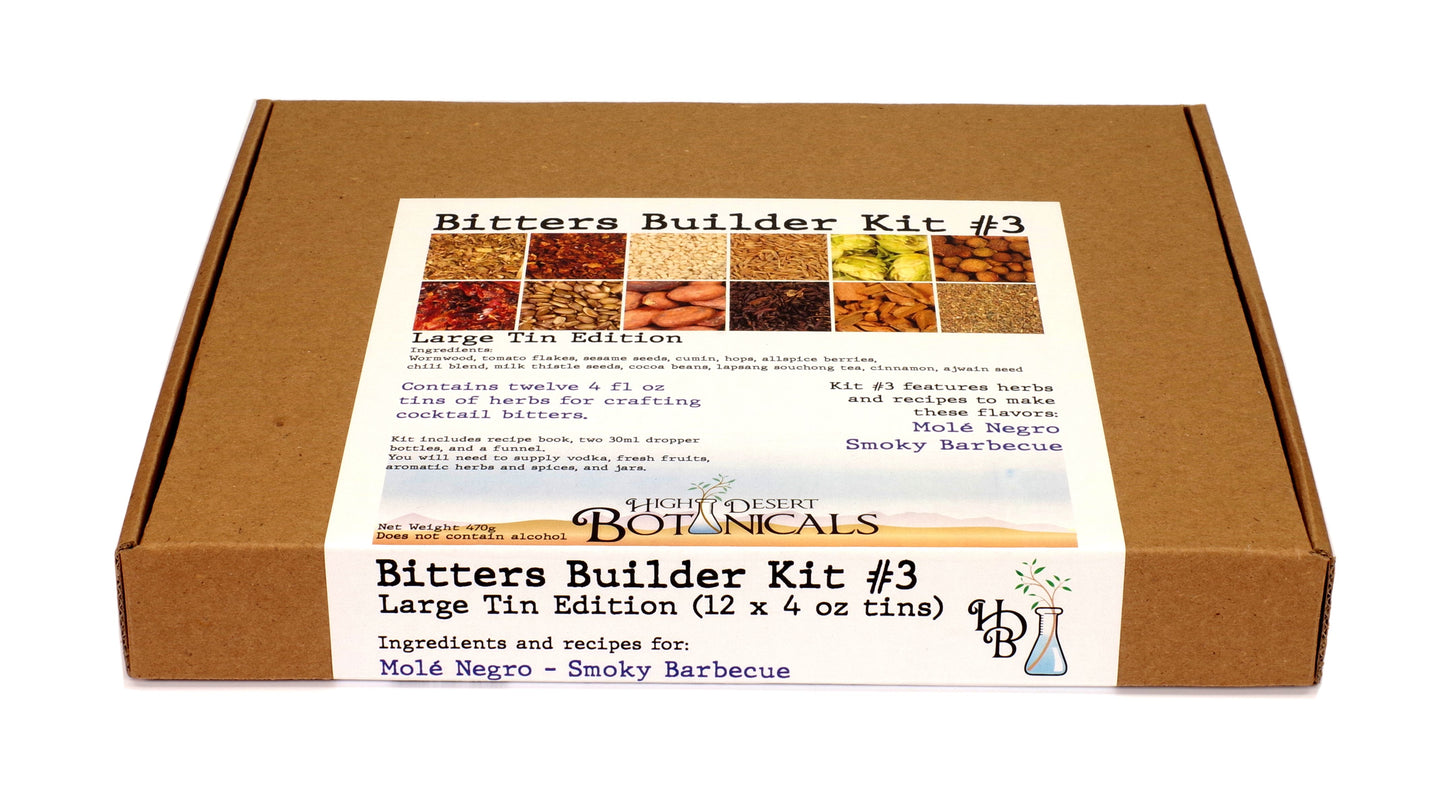
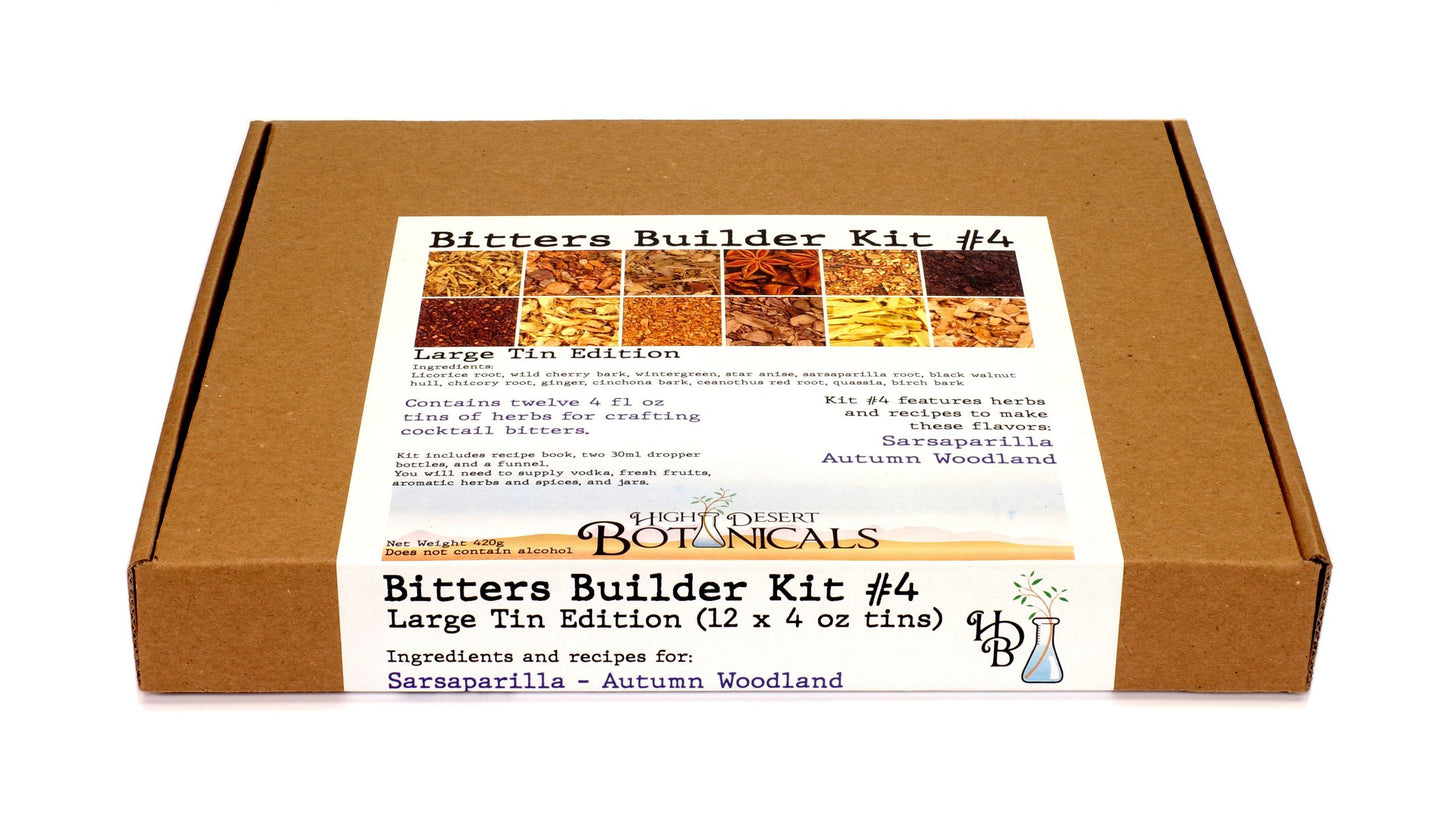
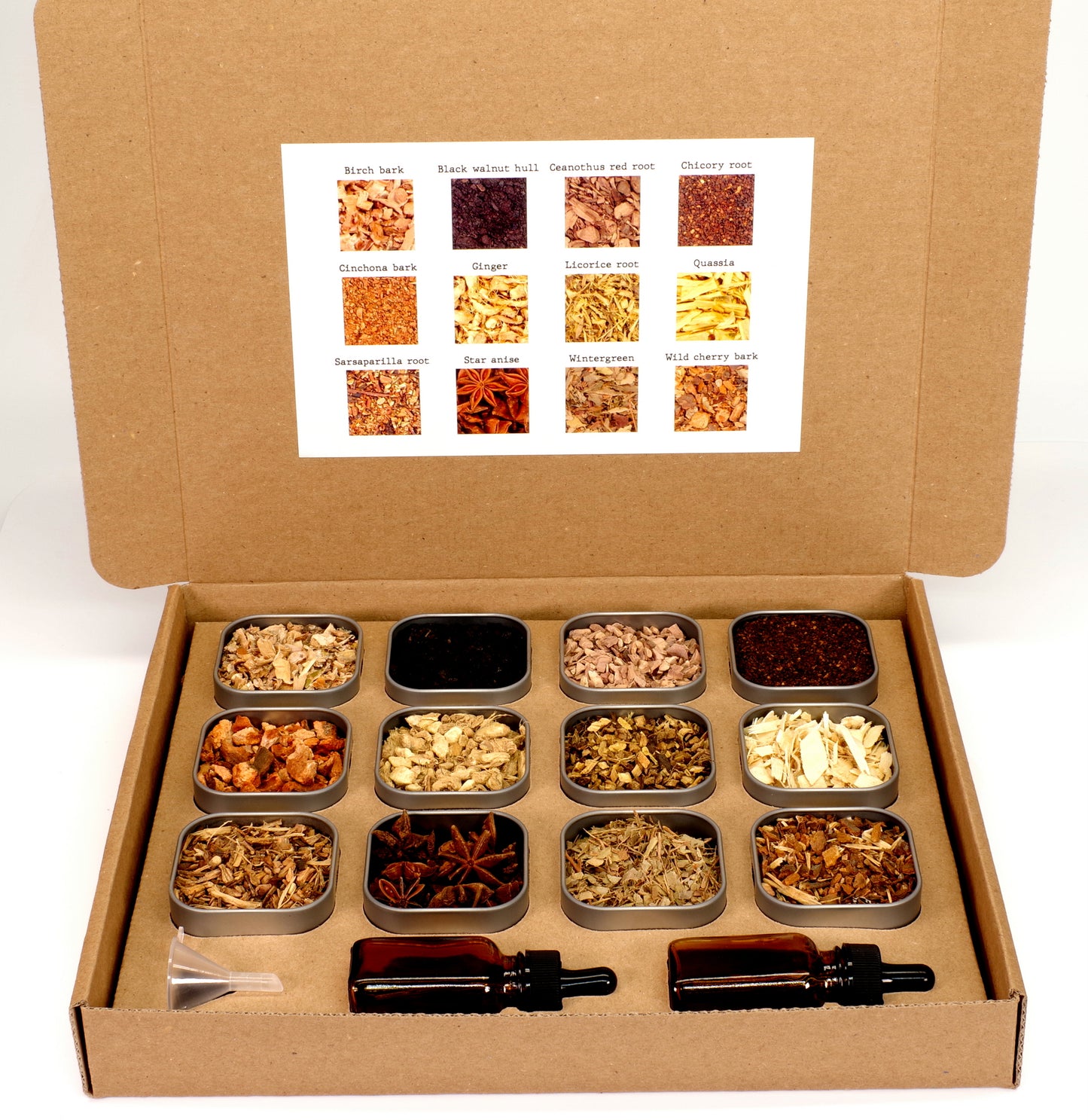
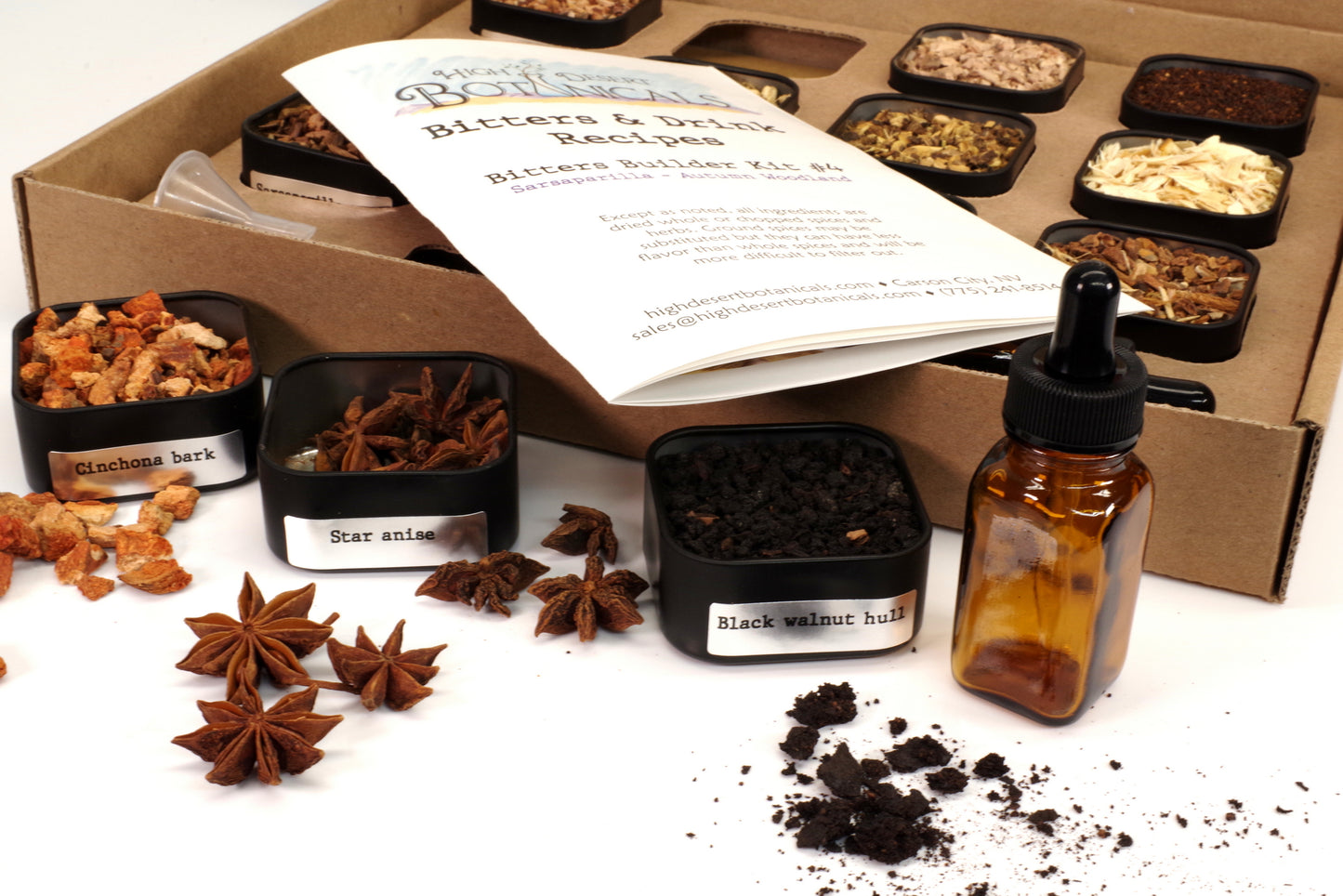
-
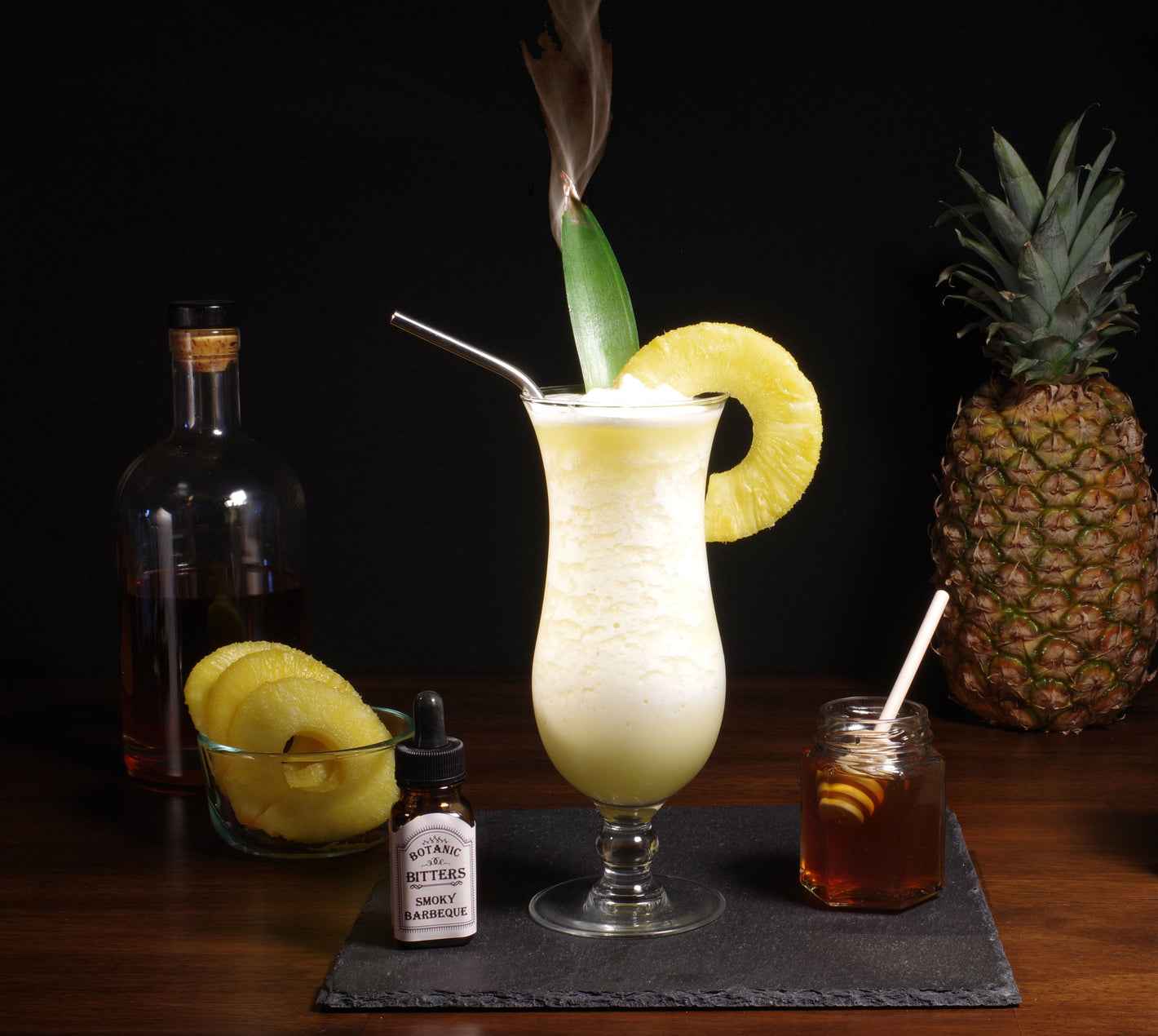
Recipes
Create something tasty -
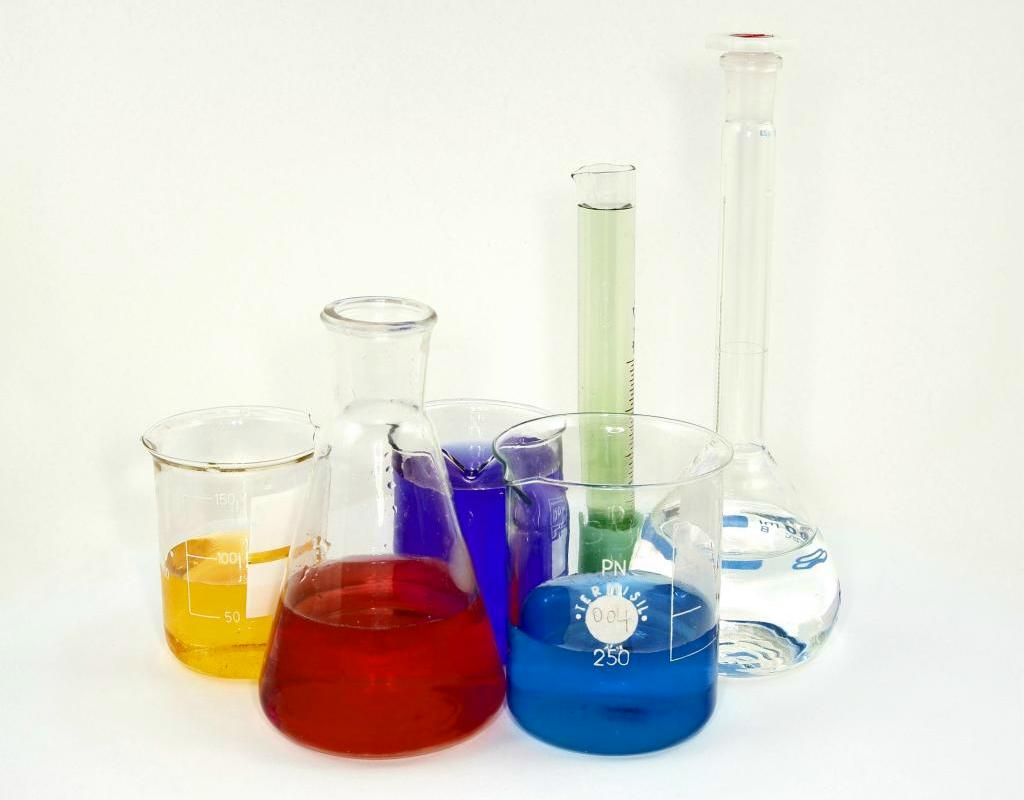
Cocktail Science
Intoxicating chemistry lessons -
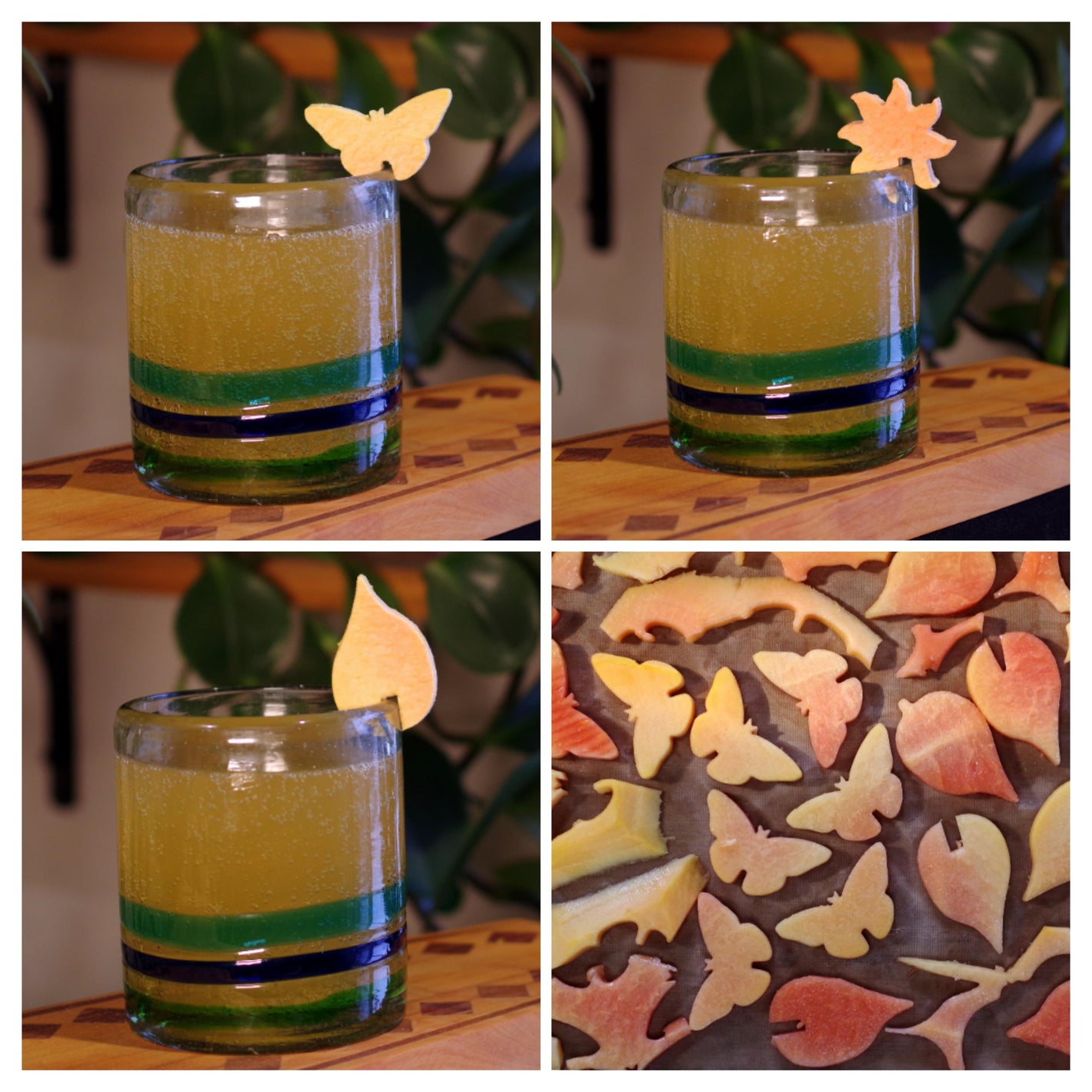
Crafts
Dress up your drinks
Aloha Tiki!
-
Tiki Mixers Kit & Mugs Combo Set
Regular price $125.00 USDRegular priceUnit price per -
Set of 4 Tall Tiki Mugs
Regular price $48.00 USDRegular priceUnit price per -
Tiki Mixers Kit
Regular price $58.00 USDRegular priceUnit price per -
Set of 8 Tiki Mugs - Tall & Short
Regular price $80.00 USDRegular priceUnit price per

